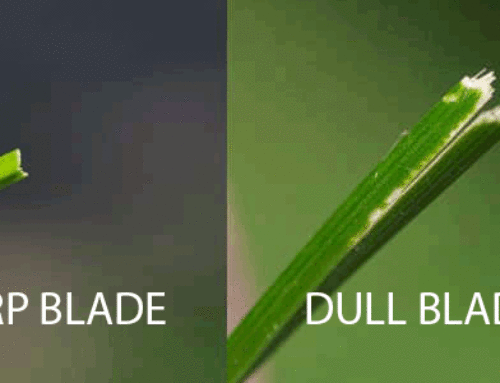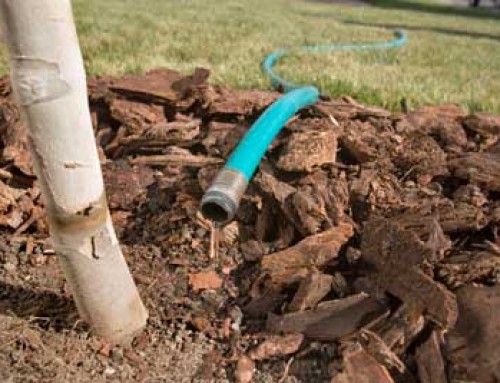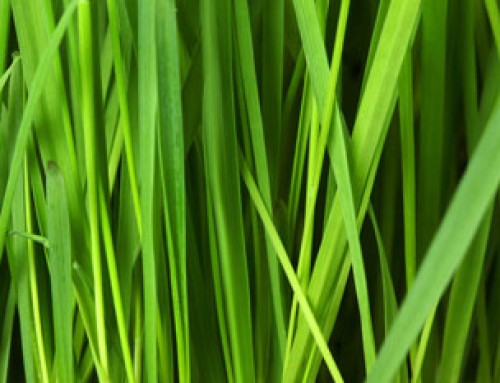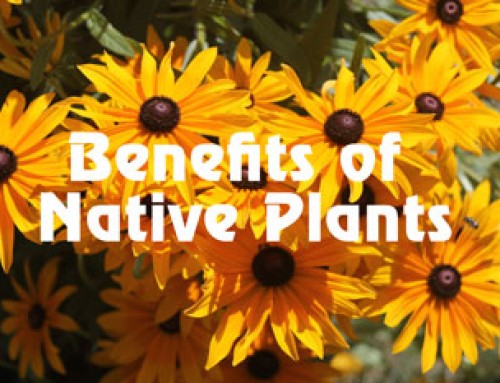A flowering shade garden can be a simple addition to the old hosta and ivy bed, or it can be elevated all the way up to a dramatically inviting, rewarding and restful experience that continuously inspires the gardener and all who visit. It’s a great way to brighten up the dark areas of your lawn.
Once planted and covered with a few inches of mulch, flowering shade gardens are among the easiest of all flower gardens to maintain. The added bonus, shaded areas cannot support crabgrass or nutsedge.
Leave the soil closest to the tree trunks unturned and unplanted for the health of the trees. Dig deeply but carefully working away from the trunk and large roots. This creates a one-to-one part sphagnum peat moss/soil mix to a depth of about 12 inches or more. Like any good garden, good soil preparation in the rest of the bed is the key to long-term success.
The backbone of most shade gardens are the perennials, the plants that grow from year to year. The frills are the annuals that are added each year to provide spectacular colors and even seasonal change.
When planning and laying out the beds, put the tall plants in the back and the shorter ones in the front. But its okay to break that pattern once in a while for an extra visual effect.
The following are some of our favorite flowering shade garden plants:
-
Perennials
- Astilbe
- Bellflowers
- Bleeding-Heart
- Forget-Me-Not
- Hellebore
- Hydrangea
- Jacobs Ladder
- Lily-of-the-Valley
- Solomons Seal
- Vinca Minor
- Violets
-
Annuals
- Alyssum
- Baby Blue Eyes
- Begonia
- Impatiens
- Lobelia
- Pansies
- Snapdragons
There is only one hard thing about a shade garden: getting started. The positives are countless and enjoyable. If you have any questions about the ideal flowers for your lawn or have any questions, pleas contact Martz Bros. Lawn and Tree Care at (913)789-9333 or ONLINE.





